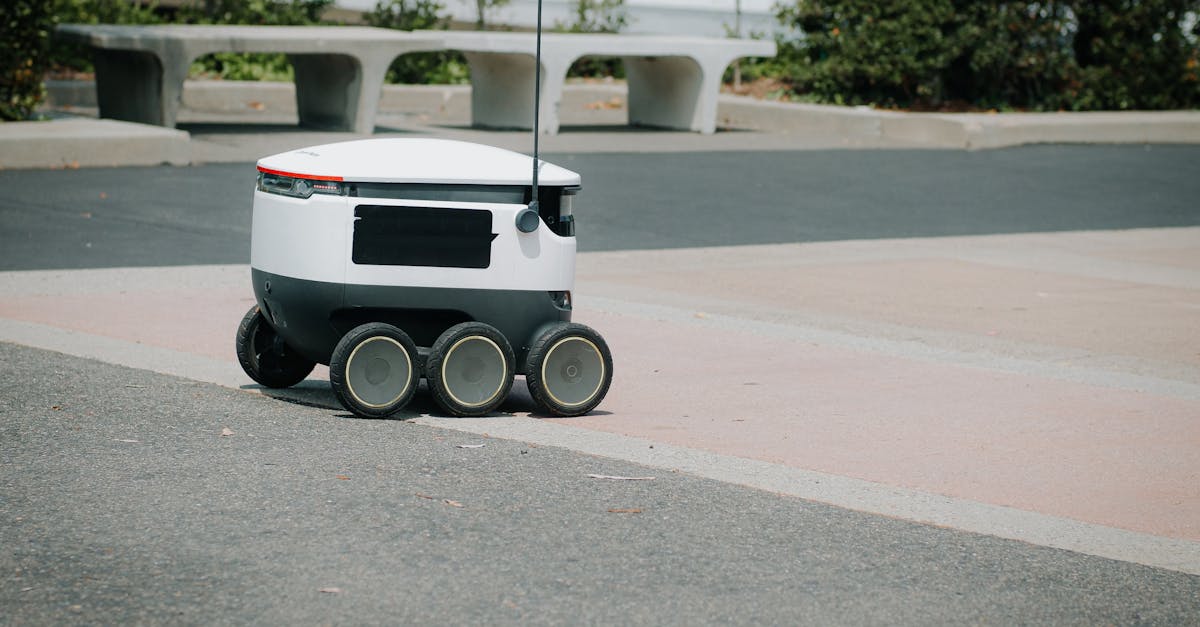
Introduction
The world of food is evolving at an astonishing rate, driven by technology, sustainability, and changing consumer preferences. As we approach 2025, numerous innovations are set to revolutionize what we eat and how we obtain nutrition. From lab-grown meat to personalized dietary solutions, the future holds intriguing possibilities for food enthusiasts and industry experts alike. This article delves into the exciting advancements shaping the culinary landscape of tomorrow, highlighting both the challenges and opportunities these innovations present. Whether you're a foodie, a farmer, or an entrepreneur, understanding these trends is crucial for navigating the future of food. Let's explore the innovations that promise to redefine our diets and dining experiences.
The Rise of Plant-based Alternatives
Consumer demand for healthier, environmentally-friendly options has led to the surge in plant-based alternatives. Companies are creating innovative products that mimic the taste and texture of meat, dairy, and other traditional foods without animal origins. Ingredients such as pea protein, soy, and chickpea have become staples in this sector, offering delicious and affordable options for vegans and omnivores alike. Plant-based foods not only benefit personal health but also contribute to reduced greenhouse gas emissions and resource conservation. As technology improves, we can expect even more convincing meat substitutes, including expanded flavor profiles and enhanced nutritional values. This sector's growth shows no signs of slowing down, making plant-based alternatives a key driver of food innovation.
The Age of Cell-cultured Meat
Cell-cultured or lab-grown meat stands at the forefront of food innovation, promising a sustainable solution to traditional meat production. By cultivating meat cells in bioreactors, scientists can produce real meat without the ethical and environmental issues associated with livestock farming. Though initially costly, technological advancements are rapidly lowering production expenses, paving the way for wider accessibility. Advocates highlight how this method requires less land and water, while virtually eliminating the risk of zoonotic diseases. As regulatory frameworks evolve, cell-cultured meat could soon find a permanent place on supermarket shelves, transforming dietary habits and ethical considerations surrounding meat consumption.
Innovations in Food Preservation and Safety
Ensuring food safety and reducing waste are critical components of future food systems. Novel preservation techniques, such as high-pressure processing, edible coatings, and natural preservatives, are extending shelf life while enhancing nutritional quality. Innovative packaging solutions, utilizing smart sensors and compostable materials, offer enhanced traceability and environmentally friendly alternatives. These advancements not only combat foodborne illnesses but also tackle food wastage challenges facing global communities. By integrating blockchain technology, supply chains have become more transparent, allowing consumers to trace food journeys from farm to fork with unprecedented precision. As these technologies converge, food safety and conservation will see significant improvements.
The Advent of Personalized Nutrition
The era of one-size-fits-all diets is ending as personalized nutrition takes center stage. Integrating genomics, microbiome research, and AI, future food systems will cater to individual dietary needs and preferences. Companies are leveraging data analytics to offer customized meal plans, supplements, and lifestyle recommendations tailored to genetics, lifestyle habits, and health goals. This tailored approach promises to optimize wellness, prevent diseases, and enhance quality of life for diverse populations. As digital health tools become more sophisticated, accessibility and affordability of personalized nutrition will become broadly available, appealing to health-conscious consumers worldwide.
Robot and AI Automation in Food Production
Artificial intelligence and robotics are revolutionizing food production, increasing efficiency, precision, and scalability. Automating complex processes, from planting and harvest to food preparation and delivery, reduces labor costs and improves consistency in output. AI-driven algorithms optimize resource allocation, reducing waste and enhancing productivity on farms and in food manufacturing. In the kitchen, robotic chefs and AI-enabled cooking appliances offer precision cooking and creative possibilities previously unimaginable. This shift not only benefits producers but also consumers by offering consistent quality, innovative culinary experiences, and shorter farm-to-table delivery times. The synergy between humans and machines in food production promises compelling future possibilities.
Exploring Novel Food Sources
Climate change and population growth necessitate exploring unconventional food sources to meet future dietary needs. Edible insects, algae, and seaweed have emerged as nutritious options rich in proteins, vitamins, and sustainable benefits. Cross-cultural culinary experimentation with indigenous ingredients and cooking techniques is gaining interest as chefs explore novel flavors and textures. The potential of 3D food printing is also being harnessed to create customized meals from alternative proteins and ingredients, perfect for the more adventurous palate. As more research supports their environmental and health benefits, these novel food sources may gradually make their way into mainstream cuisine, expanding the global culinary repertoire.
Smart Farming and AgriTech Innovation
The agricultural sector is undergoing a transformation with the adoption of smart farming technologies and innovative agritech solutions. From precision agriculture to vertical farming, these practices maximize resource efficiency and minimize environmental impact. Drones and IoT sensors monitor and optimize crop health, irrigation, and yield prediction. Indoor farms using LED lighting and hydroponics offer a controlled urban alternative to traditional farming, using considerably less resources. These technologies also enable smallholder farmers to access market insights and optimize operations, driving food production sustainability. As agri-tech continues to evolve, it is set to reshape how food is produced, enhancing resilience against climate change impacts.
The Role of Food Delivery and Retail
Rapid advancements in digital platforms and delivery technology are reshaping how consumers access and experience food. Online grocery services, drone delivery, and customizable meal kits have revolutionized convenience, catering to time-deprived modern lifestyles. Virtual reality and augmented reality technologies are making in-store shopping a multisensory experience, blurring the line between physical and digital realms. Additionally, e-commerce platforms are incorporating AI-driven recommendations to enhance customer engagement and drive personalization. As food retail adapts to these technological shifts, businesses are poised to meet evolving consumer demands in innovative and unexpected ways.
Conclusion
The landscape of the food industry is being redefined by innovation, technology, and a growing emphasis on sustainability. As we approach 2025, these advancements present opportunities to tackle critical global challenges such as food security, environmental conservation, and dietary health. By embracing plant-based options, cell-cultured meats, personalized nutrition, and novel food sources, we can ensure a future that caters to diverse nutritional needs while maintaining ecological balance. The challenges of production and distribution are being addressed by robotics, AI, and smart farming techniques. Together, these innovations paint an exciting and sustainable portrait of the future of food, promising health, sustainability, and culinary exploration for generations to come.